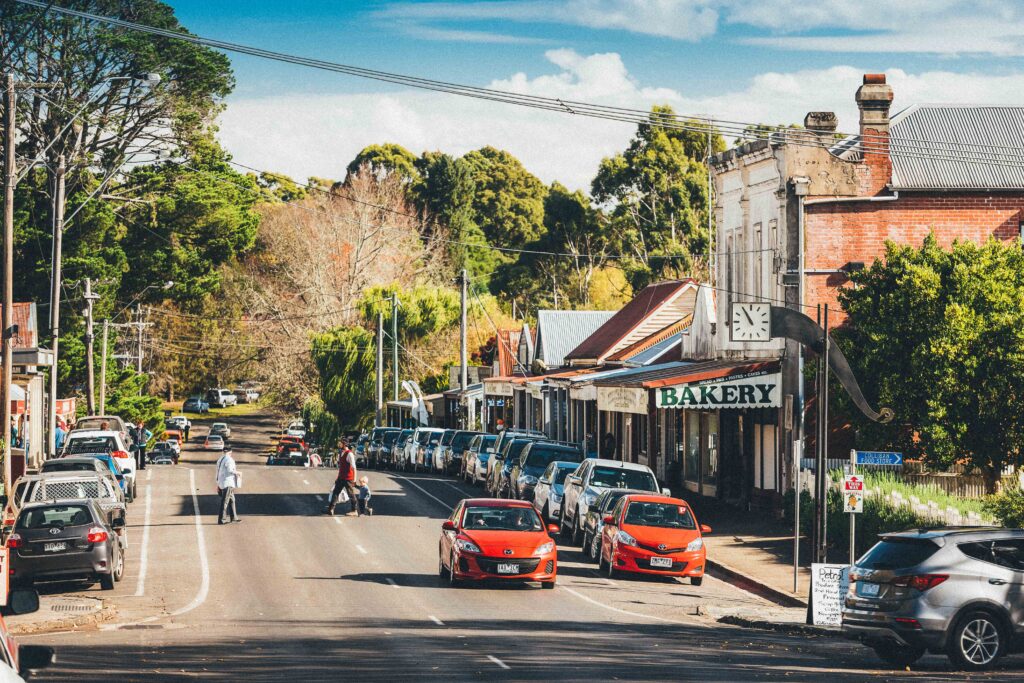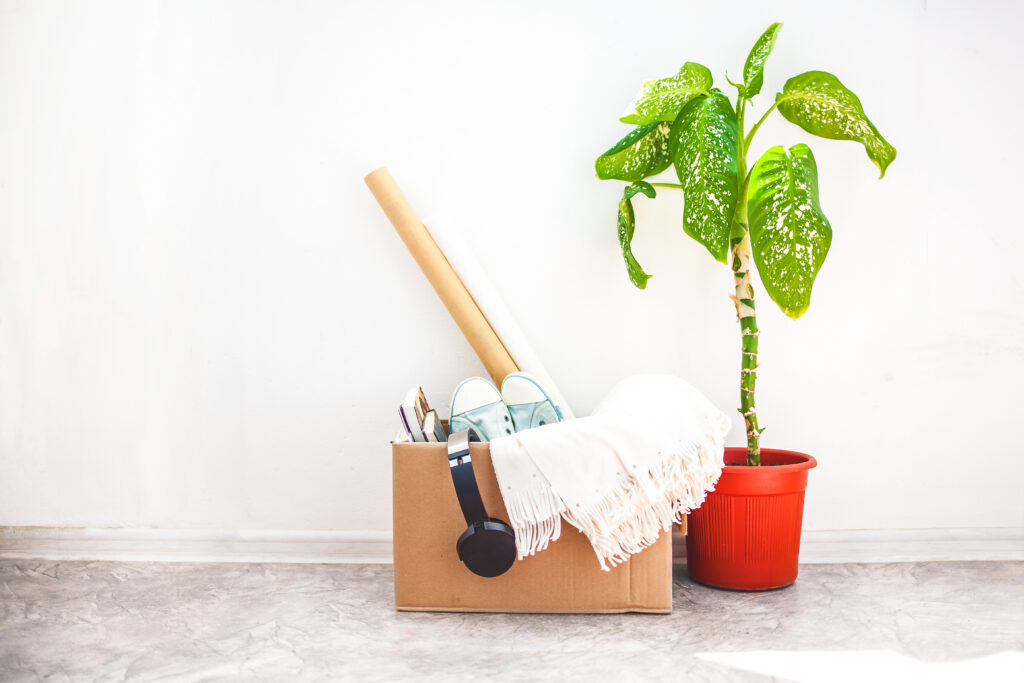From petrol to groceries to heating, you may have noticed that some everyday expenses are on the rise in Australia. Well, we’re not alone; changes to consumer prices are happening around the world due to a variety of factors. In Australia, inflation is sitting at a 20-year high of 5.1 per cent (as of March 2022); however, Reserve Bank Governor Philip Lowe has warned that this number could spike to 7 per cent by the end of the year.
If you’ve been struggling to understand the increase in Australia’s cost of living, we’ve got you covered. This is what you need to know about the cost of living in Australia, why it’s happening and how to prepare for it.
How much has Australia’s cost of living increased? What goods and services are becoming more expensive?
To answer this question, we’ll look at data from the last 10 years. According to the Parliament of Australia, the consumer price index (CPI) rose by over 23 per cent in Australia from March 2009 to March 2019.
In those 10 years, the goods and services that saw the highest percentage increases included:
- Tobacco (218.1 per cent)
- Electricity (100.9 per cent)
- Medical and hospital services (78.8 per cent)
- Gas and other household fuels (75.6 per cent)
- Child care (75.1 per cent)
- Secondary education (66.8 per cent)
- Water and sewerage (66.8 per cent)
According to the ABC, vegetable costs have increased by 6.1 per cent, while the costs of beef and veal have gone up by 8.1 per cent. The price of petrol has risen by a whopping 32.3 per cent.
Why are things getting so expensive?
Well, there’s no simple answer as to why Australia’s cost of living is on the rise. In short, there are many different reasons.
For example, tobacco is one of the biggest contributors to Australia’s increased CPI because of the Government’s tobacco excise initiatives, which raise the price of tobacco to discourage people from smoking.
For other goods, the sky-high prices are simply a matter of supply and demand. Australia is currently experiencing a produce shortage, particularly in lettuce, which is prompting people across the country to use cabbage as a more affordable substitute. Due to the low supply, farmers and retailers are left with no choice but to charge higher prices.
When it comes to petrol, Russia’s invasion of Ukraine is one of the key drivers behind the surge in prices around the world. As the primary exporter of crude oil to Europe, Russia plays a major role in the global oil industry. But many countries have stopped importing oil from Russia, causing a major disruption to the sector and a significant uptick in prices across the globe.
How you can manage your expenses
Australians are using a wide range of creative strategies to save and manage their money – and you can, too!
Some of these could include:
- Cancelling your gym membership and working out at home instead. You can find some awesome tips and ideas for exercising at home from Australian Ninja Warrior alumna Celeste Dixon here.
- Walking or cycling to get around, rather than driving or taking public transport
- Buying frozen or canned fruits and vegetables instead of fresh produce
- Growing your own herbs and/or produce at home
- Joining community gardens where you can grow your own fresh food while meeting new people and making new friends
- Diversifying your sources of income (for example, taking on some freelance work in your spare time to earn extra cash)
Read more:





